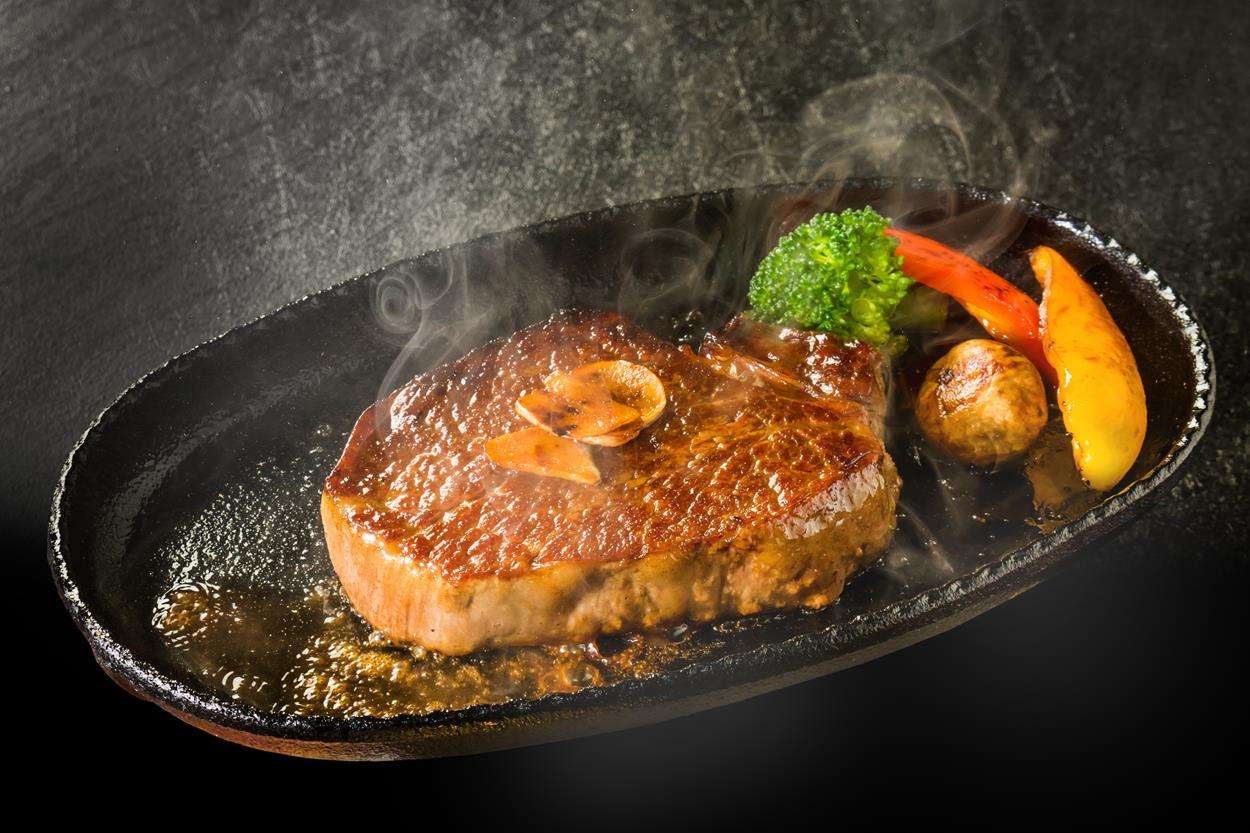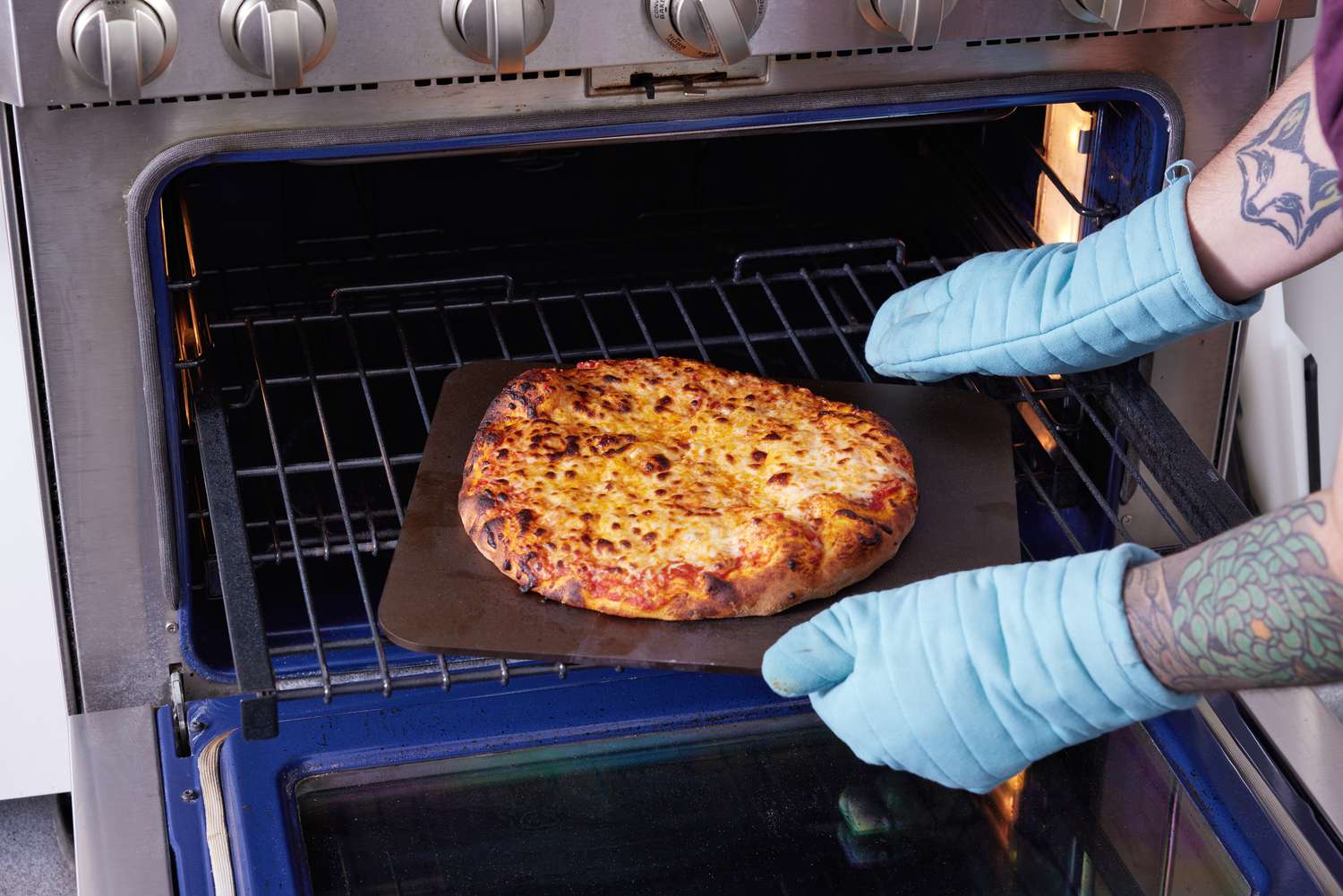For culinary professionals, the choice of cookware is as critical as the ingredients themselves. In recent years, the use of cast iron on portable induction cooktops has surged in popularity. This combination offers unique advantages that blend the traditional durability of cast iron with the modern efficiency of induction technology. Understanding how to effectively use these two elements together can elevate your cooking experience to new heights.
But what is it about cast iron on portable induction cooktops that makes it such a compelling choice for kitchen professionals? By the end of this article, you'll not only understand the benefits but also how to maximize their potential in a professional kitchen setting.

Why Cast Iron and Induction Are a Match Made in Culinary Heaven
Cast iron has been a staple in kitchens for centuries, known for its excellent heat retention and even cooking surface. When paired with the precision of portable induction cooktops, the duo creates an efficient and versatile cooking experience. Induction cooktops use electromagnetic fields to directly heat the cookware, which means that the energy is transferred to the cast iron pan without heating the surrounding air. This results in faster heating times and more precise temperature control.
Moreover, induction cooktops are energy-efficient and can significantly reduce cooking times. This is particularly advantageous in a professional setting where time and efficiency are of the essence. Learn more about the interaction between induction and cast iron and how it can benefit your kitchen operations.
Optimal Use of Cast Iron on Portable Induction Cooktops
To get the best results when using cast iron on portable induction cooktops, it's essential to follow certain guidelines. First, ensure that the bottom of your cast iron cookware is flat and smooth, allowing full contact with the induction surface. This ensures even heating and prevents hotspots.
Next, preheating is crucial. Start with a low setting and gradually increase the temperature. This prevents thermal shock and maintains the integrity of the cast iron. Also, remember that cast iron retains heat exceptionally well, so once the desired temperature is reached, you can reduce the heat to maintain it.
For further tips on using cast iron effectively, check out this insightful article.
Cleaning and Maintenance Tips
Proper maintenance of your cast iron cookware is vital to ensuring its longevity and performance. After cooking, allow the pan to cool slightly before washing. Use warm water and a soft brush to remove food residues. Avoid using harsh detergents, as they can strip away the seasoning of the pan.
Once cleaned, dry the pan thoroughly and apply a thin layer of oil to prevent rusting. This simple maintenance routine will keep your cast iron cookware in top condition, ready for use on your portable induction cooktop at any time.
Common Challenges and Solutions
While using cast iron on portable induction cooktops offers many advantages, some challenges can arise. One common issue is uneven heating, which can be minimized by ensuring the cookware is properly centered on the cooktop. If you encounter sticking or burning, it may be a sign that the pan wasn't preheated sufficiently or that the heat was too high. Adjusting these factors can make a significant difference in the cooking outcome.
For more troubleshooting tips, explore our detailed guide on induction and cast iron interactions.
The Future of Cooking: Embracing Induction Technology
As technology advances, the culinary world continues to evolve. The combination of cast iron on portable induction cooktops represents a future where traditional materials meet modern innovation. Induction technology is paving the way for more efficient, eco-friendly cooking methods that don't compromise on performance.
For professionals considering a switch to induction, understanding the benefits and potential of this technology is crucial. You can read more about the pros and cons of induction cooking in this comprehensive review.

FAQs
Can I use any cast iron pan on an induction cooktop?
Yes, as long as the pan has a flat bottom that makes proper contact with the induction surface, any cast iron pan can be used.
What are the benefits of using cast iron on induction cooktops?
Benefits include fast heating times, precise temperature control, and energy efficiency, all of which are advantageous in a professional kitchen setting.
How do I prevent my cast iron from sticking on induction?
Proper preheating and maintaining the right temperature can help prevent food from sticking. Additionally, ensuring the pan is well-seasoned will improve its non-stick properties.






Leave a comment
This site is protected by hCaptcha and the hCaptcha Privacy Policy and Terms of Service apply.